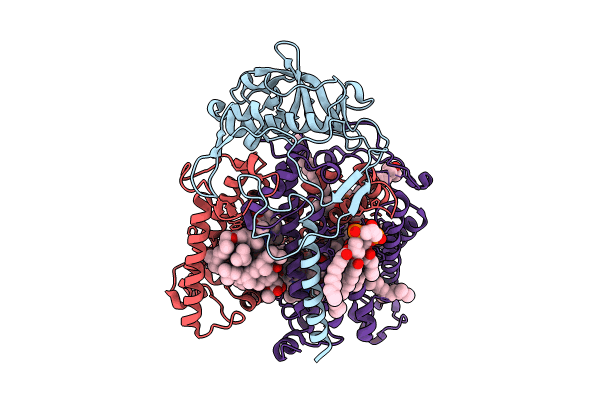
Deposition Date
2024-01-26
Release Date
2024-03-13
Last Version Date
2025-09-24
Entry Detail
PDB ID:
8VTK
Keywords:
Title:
Crystal structure of R.sphaeroides Photosynthetic Reaction Center variant Y(M210)2-chlorophenylalanine
Biological Source:
Source Organism:
Cereibacter sphaeroides (Taxon ID: 1063)
Host Organism:
Method Details:
Experimental Method:
Resolution:
3.07 Å
R-Value Free:
0.21
R-Value Work:
0.17
R-Value Observed:
0.17
Space Group:
P 31 2 1


